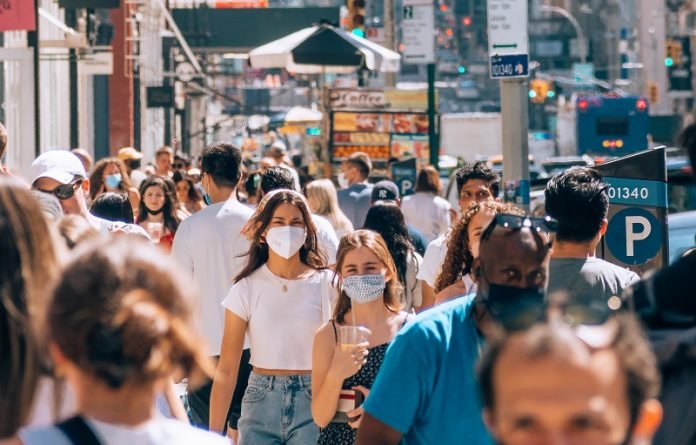
Scientists from Georgetown University found that during the pre-Omicron phases of the COVID-19 pandemic, regions of the U.S. had markedly different mortality rates, primarily due to differences in mask use, school attendance, social distancing, and other behaviors.
They suggest that if the entire country could have reacted to the pandemic as the Northeast region, more than 316,000 deaths might have been avoided, 62% of those avoidable deaths being in the South.
The research is published in PLOS ONE and was conducted by Michael Stoto et al.
Excess mortality, which helps account for avoidable deaths from a new disease or situation, is defined by the difference between total current deaths and deaths expected based on an earlier time period, usually the previous decade or so.
The U.S. Centers for Disease Control and Prevention (CDC) calculates these numbers weekly.
In this study, the CDC excess mortality data were analyzed for the period between January 3, 2020, to September 26, 2021.
For regional comparison purposes, areas of the country were broken down into the Northeast, Midwest, South, and West.
The team found that regional differences in COVID-19 mortality rates have persisted throughout the pandemic.
The southern part of the United States has had higher mortality rates than the rest of the U.S. since the start of summer in 2020.
Since October 2020, 48% of COVID-19 deaths were in the South, which makes up 38% of the population, pointing to disproportionate outcomes regionally.
The researchers also found that between January 2020 and September 2021 there were 895,693 excess deaths associated with COVID-19, which is 26% more than reported by other experts who track the disease.
Although the official total neared one million deaths in the U.S due to COVID-19 by late April 2022, based on this undercount the scientists believe that threshold was actually passed at the beginning of 2022.
This is one of a series of planned studies to look carefully at the response to COVID-19 in the U.S. and other countries and to learn from the experience in order to strengthen preparedness for future potential outbreaks.
The team has also looked at testing and surveillance, and other COVID-19 metrics to understand how communities have come together to effectively deal with the pandemic.
If you care about COVID, please read studies about vitamin that could help fight COVID-19, reduce inflammation, and two-thirds of COVID-19 hospitalizations are due to these 4 health problems.
For more information about COVID, please see recent studies about new way to treat severe COVID-19, and results showing scientists find antibodies that can neutralize Omicron.
Copyright © 2022 Knowridge Science Report. All rights reserved.



